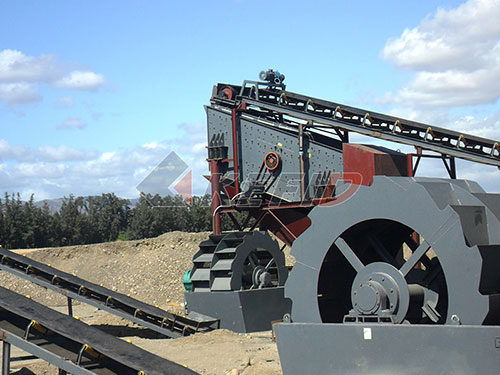
Demystifying Gyratory Crusher Costs in Ethiopia: A Strategic Investment Guide for Resource Development

Ethiopia stands at a pivotal moment in its economic trajectory. With ambitious infrastructure projects underway – from monumental dams like the Grand Ethiopian Renaissance Dam (GERD) to extensive road networks and burgeoning urban centers – and a revitalized mining sector targeting precious metals and critical industrial minerals like tantalum and potash, the demand for high-quality aggregates is surging exponentially. At the heart of meeting this demand efficiently lies robust crushing technology. Among heavy-duty options, gyratory crushers represent a significant capital investment often considered for large-scale primary crushing applications where high throughput and reliability are paramount. Understanding the true cost of acquiring and operating a gyratory crusher within Ethiopia’s unique context is crucial for investors and project planners aiming for long-term viability.
Beyond the Sticker Price: The Multifaceted Cost Structure
While initial purchase price grabs immediate attention, evaluating gyratory crusher expenditure requires a holistic view encompassing acquisition capital expenditure (CAPEX), operational expenditure (OPEX), logistical hurdles specific to Ethiopia’s geography and trade environment, financing nuances tied to foreign exchange constraints (forex), regulatory compliance burdens including customs duties & taxes alongside environmental standards adherence requirements plus ongoing maintenance/service support availability challenges locally versus internationally sourced expertise access costs associated therewith too often overlooked until critical failure occurs causing costly downtime losses impacting overall project timelines significantly if not planned adequately beforehand through contingency budgeting measures implemented proactively rather than reactively managing risks inherent within complex machinery deployments under demanding conditions typical encountered across diverse Ethiopian terrains ranging from highland plateaus down into rift valley regions each presenting distinct operational challenges affecting wear rates on components thus influencing lifecycle costing projections substantially over time periods spanning decades sometimes depending upon utilization intensity levels sustained throughout equipment lifespan expectations managed realistically against actual operating environments faced daily by crews responsible keeping production targets met consistently without compromising safety protocols essential protecting workforce wellbeing simultaneously achieving business objectives successfully together harmoniously aligned towards common goals shared collectively amongst stakeholders involved collaboratively ensuring mutual benefits derived sustainably over long term horizons envisioned strategically from outset planning phases initiated early enough allowing thorough due diligence processes completed comprehensively prior committing substantial financial resources irrevocably towards such major investments requiring careful consideration given magnitude implications involved potentially impacting corporate balance sheets profoundly if miscalculated inadvertently due incomplete information gathering efforts undertaken initially before final decisions made conclusively binding parties contractually obligated fulfilling respective obligations stipulated agreements signed mutually consenting terms conditions outlined therein governing relationship dynamics established formally between buyer seller entities transacting business together professionally respecting each other’s interests fairly negotiated transparent

Leave a Reply